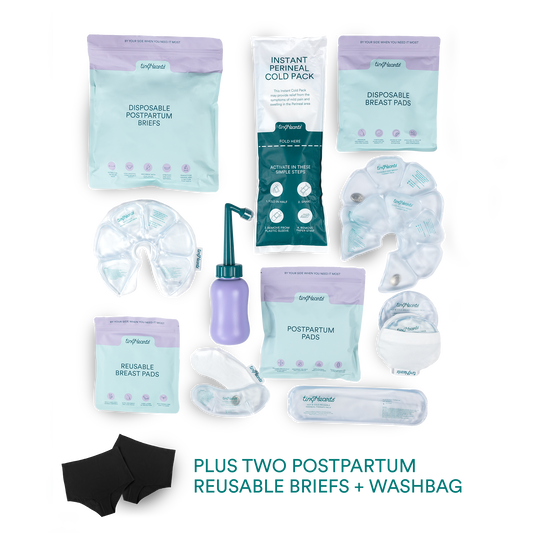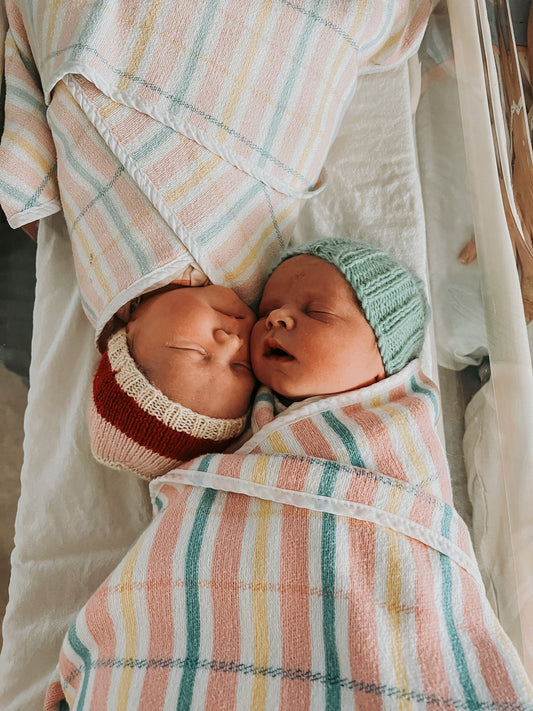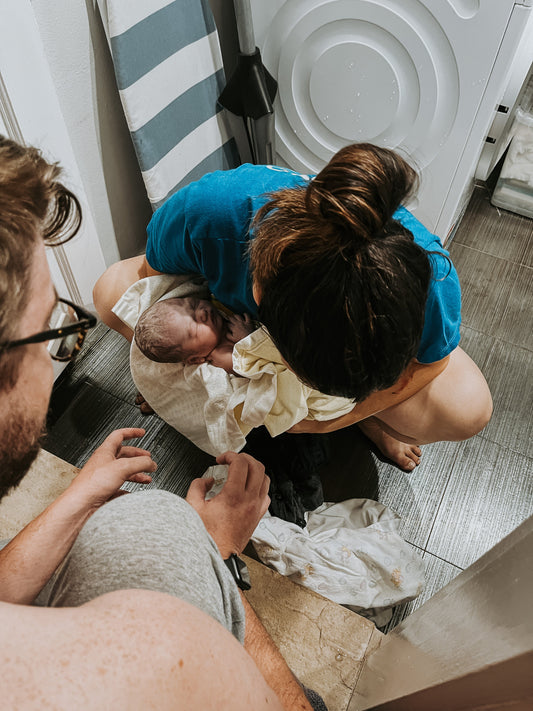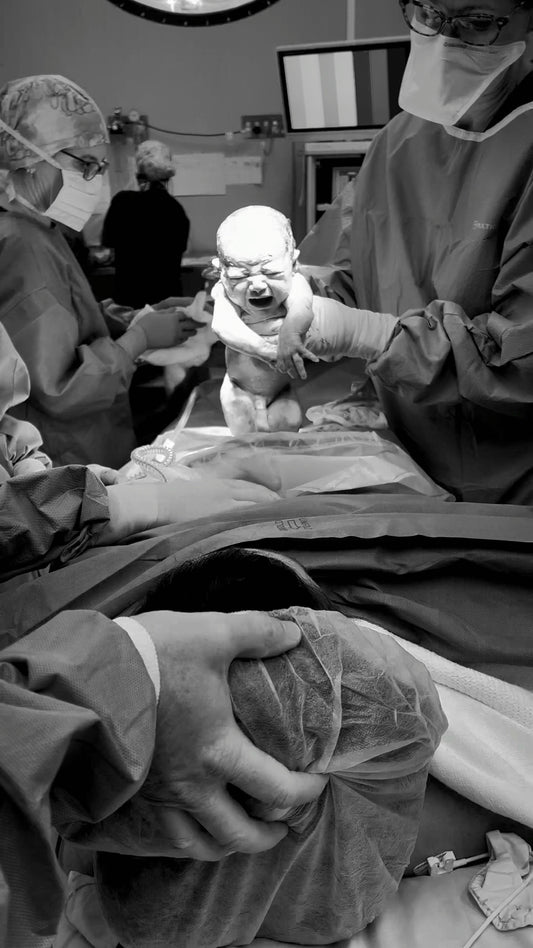As an educator, paediatric emergency nurse, and a mother to a child that has had bronchiolitis, croup, viral wheeze, asthma - and now wheezes at just the sight of a cold; I wanted to share my story and some knowledge about the signs of respiratory distress (difficulties breathing) in children. I have written this post in the hope that you may feel more empowered to recognise these signs yourself.
Respiratory distress in children is something I have seen time and time again. Something that I am very familiar with, with many stories holding a strong imprint in my heart.

There is something about the cry of an infant with bronchiolitis or whooping cough, the sound of the whoop and that red face. The sounds of a toddler with severe Croup, the look in their eyes of complete fear, exhaustion and helplessness, silently pleading with you to make them better.
The wheeze you can hear from a mile away of an asthmatic child having an asthma attack, and their complete ability to get a few words out. The faces of the parents that watch on praying their little one will get better...these are memories I will never forget.
Like the memories made as mother caring for my own son, and the helplessness felt at times.
Have a listen below to see if you can tell the difference between the two coughs.
So what should we as parents and carers look for if our child is sick?
Is your child breathing too fast?
Count how many breaths your child is taking in 60 seconds, using your watch or timer on your phone. Lift up their shirt or remove it altogether to count their breaths and look for further
signs of respiratory distress.
Newborn: more than 60 breaths/min
Newborn - 2 years: more than 40 breaths/min
2-4 years: more than 30 breaths/min
4-8 years: more than 25 breaths/min
8+ years: more than 20 breaths/min
Do their ribs look more prominent? (1)
I call this a 'stripy chest', where you see lines pulling in between each rib or under the rib cage itself making the ribs more prominent.
Are they pulling in under their chest bone? (2)
Under their sternum, the hard bone running down the middle of the chest.
Are they pulling in at the base of their throat? (3)
A hollowing/pulling in of the soft part at the base of the throat.

Are they making any noises?
- Cough: It could be dry or wet sounding? Persistently or only occasional?
- Wheeze: A high pitched, whistling sound that can sound crackly at times. Most commonly heard when your child breathes out.
- Stridor: A lower pitched sound most commonly heard when your child breathes out.
- Grunting: a deep, short, grunting sound heard when your child breathes out.
Also watch for nasal flaring, pronounced tummy breathing, the muscles in the neck standing proud or shoulders lifting, and head bobbing in babies. These are also signs of Respiratory Distress.
Note: If your child is showing any of the signs above, please seek medical assistance immediately.







